New editor-in-chief at form design magazine: Anton Rahlwes and Nina Sieverding
Anton Rahlwes and Nina Sieverding share the new position of editor-in-chief at design magazine form. We have talked to the two of them about design journalism, their new adventure and changes in print due to crisis and digitization.
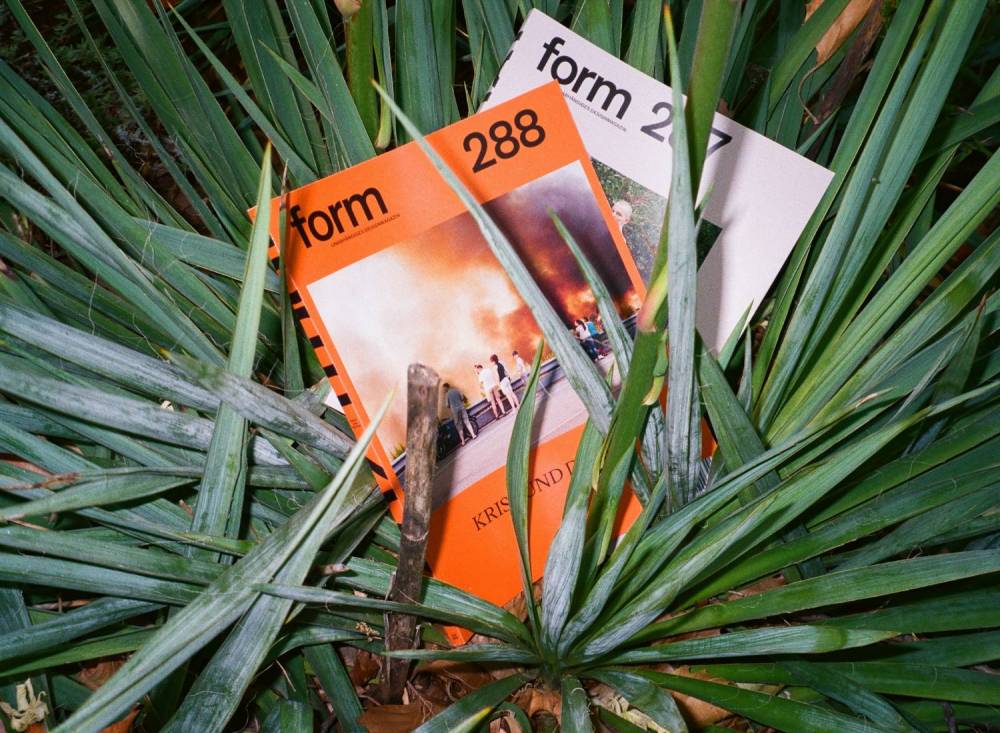
At the beginning of the year you took over the position of editor-in-chief of the design magazine form, why was the position filled twice?
Anton Rahlwes:
That’s more of a question for form’s publisher, Peter Wesner. But I think it was important to him to have different perspectives represented in the editor-in-chief position.
Nina Sieverding:
The concept of dual leadership as editor-in-chief may sound unusual at first – but it is on the rise when you look at other editorial offices. Anton and I had already had positive experiences in the editorial team. For us as a team, it was the ideal solution because we inspire and trust each other at work and have a large output.
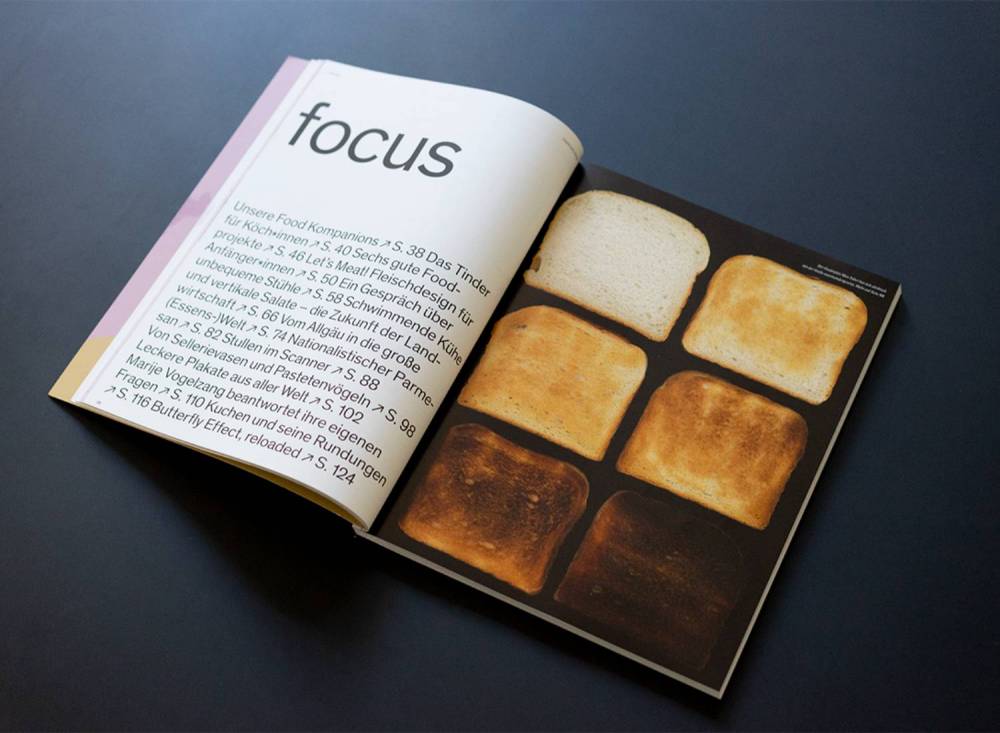
Does a shared editor-in-chief position mean half the work for everyone? Is it sometimes difficult to “share” the position or does it make the job easier?
Anton Rahlwes:
The work doesn’t become less just because there are two of us. But it’s good to know that responsibility is shared. Publishing always has something to do with power – and on the other hand, you are also vulnerable. Dealing with this pressure is much more bearable with two people. So I would say: Forming a team with Nina is always a relief for me. Also because I respect and appreciate her very much.
Nina Sieverding:
It makes work a lot easier! I am very grateful to be able to share this adventure with Anton. Sometimes it also leads to funny situations because people often don’t know exactly which of the two of us to address or speak to.
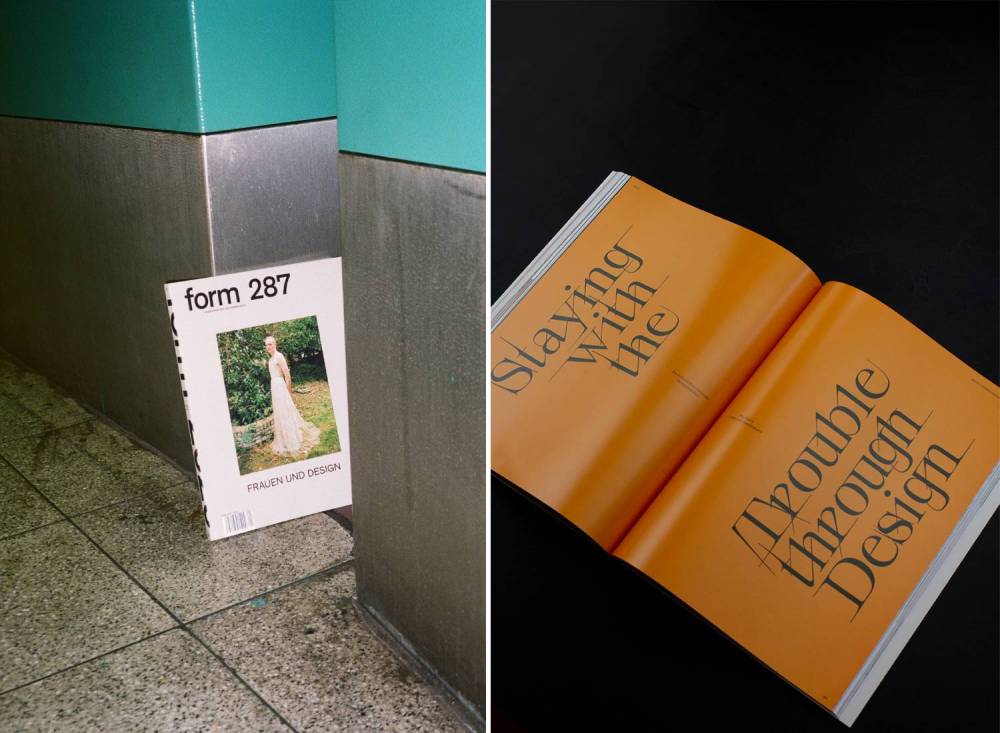
Since when have you both been part of the form team?
Anton Rahlwes:
We have been with form since the beginning of 2019. I started as art director while Nina worked as image and text editor.
Anton, you studied design and are co-founder of the Berlin furniture label OUT, what made you switch to journalism?
I needed a new perspective on design. After a few years in the furniture industry, I wanted to deal with new content. I find journalism to be extremely enriching and also a very privileged position. My years in practical design and drafting help me to appreciate work that has been done with passion.
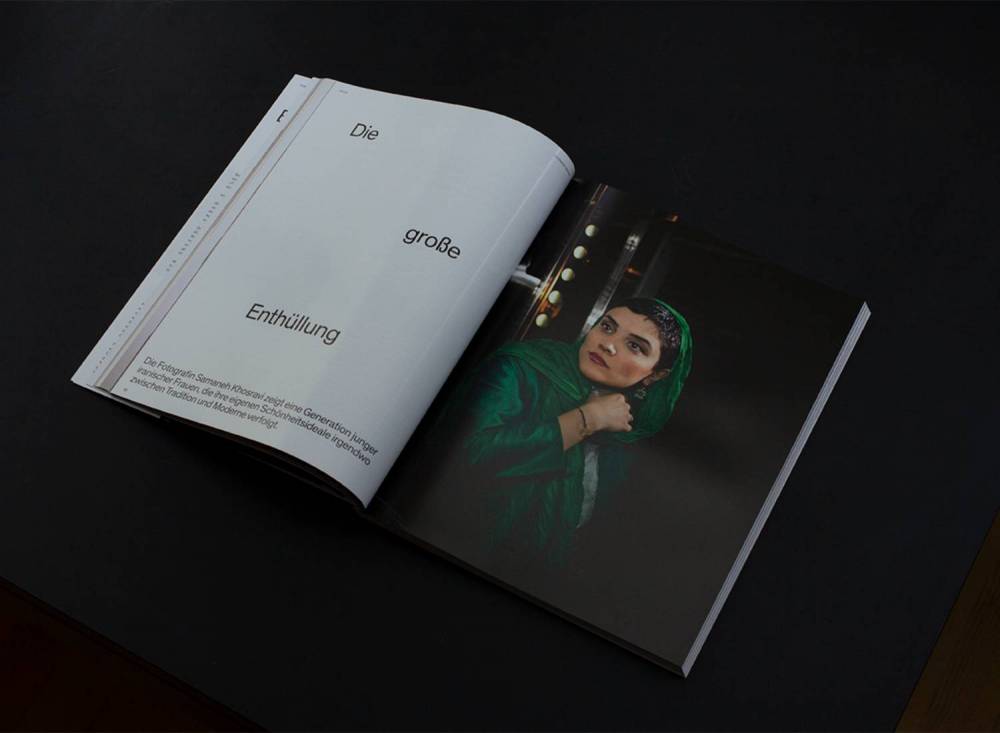
Nina, what demands do you have on yourself in order to continue form successfully?
It might sound cheesy, but: I just try to be a good boss and colleague every day. Good leadership means taking responsibility for one’s actions and for one’s team.
Is there a vision in which direction the magazine should develop?
Anton Rahlwes:
We want to make form better known – especially among young designers and make the magazine a medium that depicts and promotes the design discourse. Specifically, we are working on making form even more attractive as a print medium, but we also have a digital vision. In fact, we have recently launched the form Design Podcast. And: The idea of promoting design journalism is very important to us. There are many design experts who are only used to academic writing or journalists who have no idea about design.
Nina Sieverding:
At the beginning of the year we often said: We want to become exactly the German design magazine that we would have often wished for when we were studying and that simply didn’t exist that time on the market. And of course we have a thousand other plans and ideas that we can’t talk about yet.
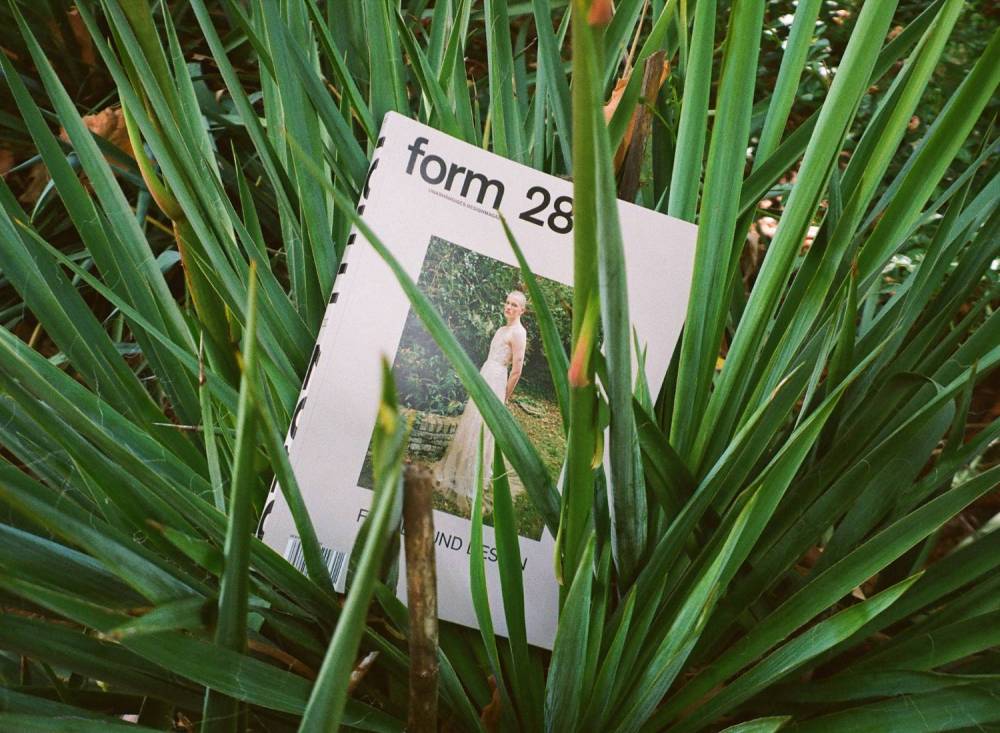
How would you describe the term design journalism to a layman?
Anton Rahlwes:
Critical reporting on design topics and their placement in a societal context.
Will anything change concerning team or company structures?
Anton Rahlwes:
A lot has already changed. I would say that the most important change within our company structure was the idea that we have to remain open and flexible – and that on all levels: communication, choice of topics and also design by form.
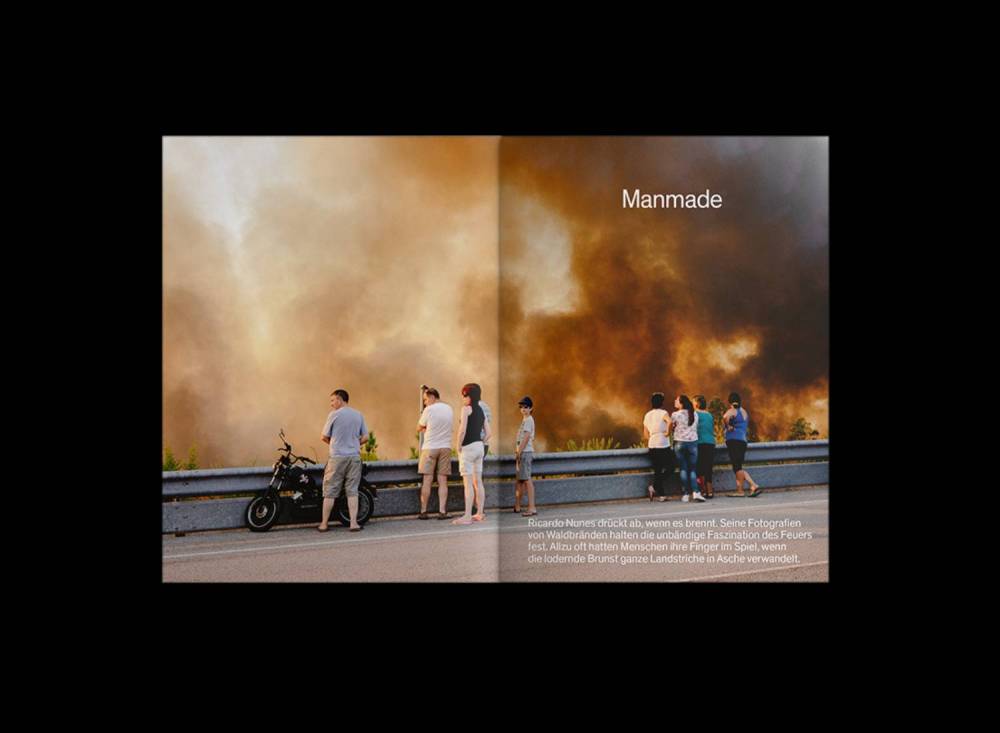
What was it like to have a lockdown right at the beginning of the new position and how did you get your team through the crisis?
Anton Rahlwes:
In fact, we were busier than ever. People were on the Internet a lot and were very interested in consuming content. Offline and online. The work itself wasn’t a big change for us in particular. Fortunately, we had just digitized various processes. I was very impressed how great some colleagues were able to work from home. -Great content was created during this time.
Nina Sieverding:
Yes, some of my favorite titles this year are from that time! But it was also somehow a strange feeling for us to work on the issue “Crisis”, while the crisis felt so present for us. It was like a baptism of fire for us as the new editor-in-chiefs.
What influence did the Corona crisis have on the printed media landscape?
Anton Rahlwes:
It was definitely an ambivalent influence. The demand increased, at the same time the advertising and advertising business collapsed. You had to think about new formats, both for paid and unpaid content. It was and is a great opportunity to get rid of old structures and expectations.
Nina Sieverding:
Corona was like a magnifying glass that was aimed at problems that had already existed before, but were often deliberately ignored.

What influence does digitization have on current design journalism in print?
Anton Rahlwes:
There was hardly any critical design journalism before or after. Most of the coverage of design is superficial and shaped by lifestyle and capital interests. The real power of design, namely the critical rethinking of designed life, is very rarely perceived or addressed.
How does publishing today differ from back then?
Anton Rahlwes:
If back then refers to the time before the Internet, I can only speculate. A big difference that people like to introduce is that nobody wants to pay for content these days. There were times when big publishers were in the money, which is no longer the case. It has become very difficult for media that take the time to prepare content and view it critically in context.

What is your personal favorite edition and cover of the form?
Nina Sieverding:
That is really impossible for me to answer. We have the entire magazine archive since 1957 – with over 200 issues! I am regularly amazed at the treasures we come across.
Anton Rahlwes:
I really like all three issues of the year 2020.
What makes a good edition for you? When are you really satisfied and can start printing?
Anton Rahlwes:
There is always a feeling of “we have forgotten some perspective”, which is totally normal. A magazine is already out of date as soon as it gets printed. That’s why I always say to myself: “We are super motivated people who just want to do good. What we do can’t be that bad.” That helps to put a magazine into print. And all the positive feedback when a magazine is published naturally gives you strength.
Nina Sieverding:
Anton already knows that, but shortly after handing in the booklet, I’m actually rarely satisfied. But I think that’s a positive quality too! Because, there are always topics that we would have liked to have covered in the magazine and which then nothing came of it. Nevertheless, I am of course incredibly happy when an issue is in the shops – then it becomes real to me.

The current issue deals with the topic “food & design”, how did the idea come up, what was the inspiration?
Nina Sieverding:
In the past year, I was visiting some design and creative conferences where I came across talks on the subject of “New Agriculture”. I found it interesting that designers and young entrepreneurs deal with this topic of all things – also because I have been personally involved with the subject of agriculture for years. At one of these conferences I got to know the Food Kompanions from Berlin, who supported us as external editors and experts with this issue.
Anton Rahlwes:
It was a heartfelt issue for Nina. I must say I’ve never been a big fan of it. The paradox about the topic is: It is highly complex and affects everyone, yet relatively little changes. However, this means that you have to do particularly good research to find the really good projects. It was one of the toughest issues, but we’ve heard from so many that it was the best so far. And I have to say: It’s now my favorite magazine. It just became very consistent. Both the content and the look.
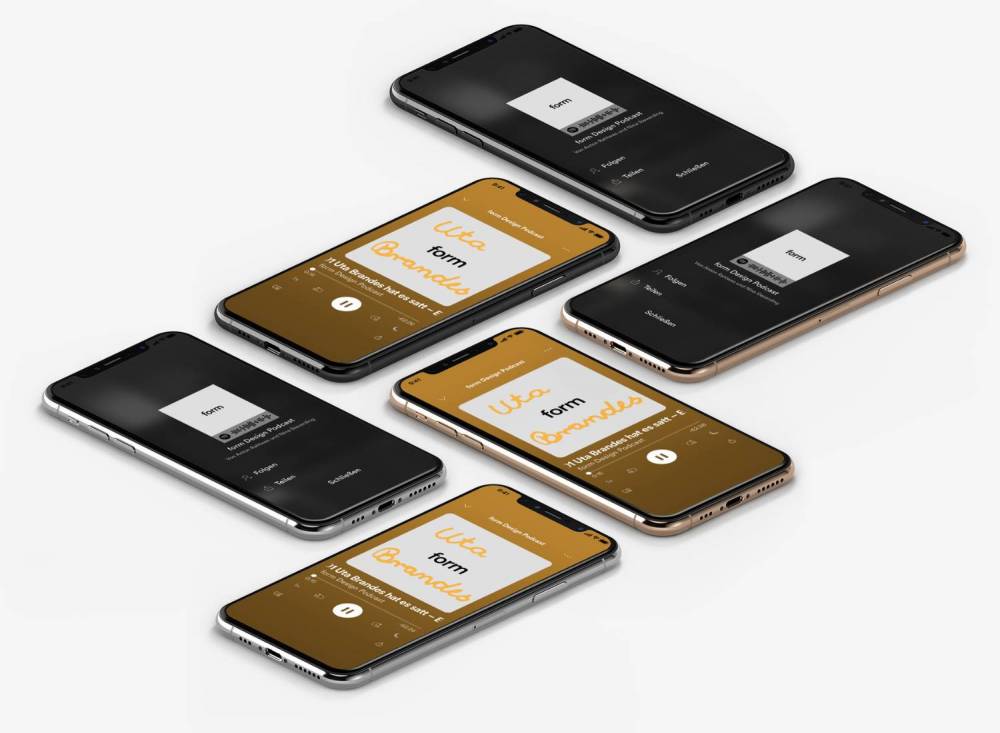
Are you both foodies and what is your favorite dish?
Anton Rahlwes:
In terms of food, I think, definitely. We also like to have lunch together and we’re not picky. We especially enjoy going to our favorite little Vietnamese. It’s in a cellar, away from the main streets in Frankfurt Bockenheim. It’s a great pleasure every time.
Nina Sieverding:
The rice noodle salad is the best!